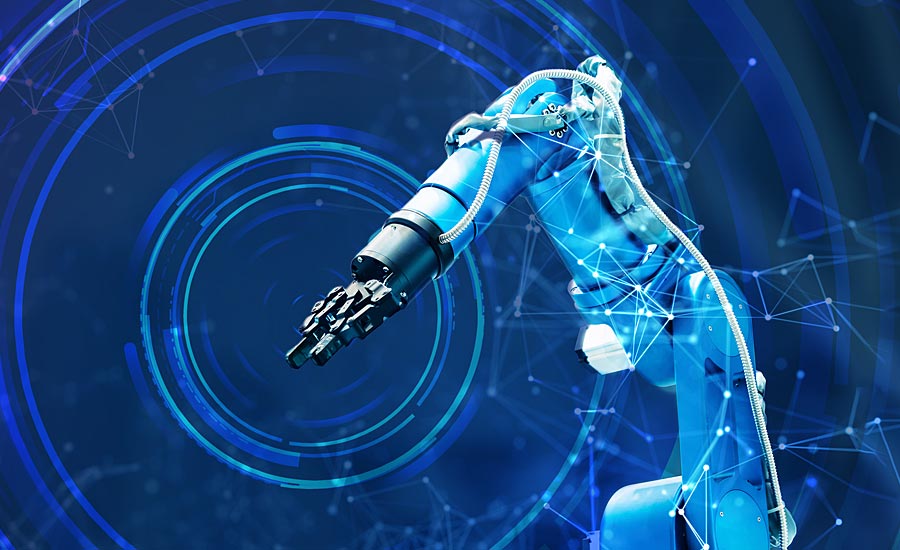
vision
AI vision, also known as computer vision, is a subfield of artificial intelligence (AI) that enables computers and systems to derive meaningful information from digital images, videos, and other visual inputs. It involves acquiring, processing, and analyzing visual data to understand the content of an image or video, and then extract meaningful information from it. This information can be used to make decisions, take actions, or generate new insights.

what is Vision
Image acquisition: The first step is to acquire the visual data, which can be done using
cameras, drones, satellites, or other sensors.
Preprocessing: The raw image data is then preprocessed to improve its quality and prepare it
for further analysis. This may involve tasks such as noise reduction, cropping, and
resizing.
Feature extraction: The preprocessed image is then analyzed to extract relevant features,
such as edges, colors, textures, and shapes. These features are essentially the building
blocks that the AI system will use to understand the content of the image.
Classification or recognition: The extracted features are then used to classify the image or
recognize objects within it. For example, an AI vision system could be used to classify an
image as containing a cat, a dog, or a car.
Action or insight: Based on the classification or
recognition results, the AI system can then take an action or generate an insight. For
example, an autonomous car equipped with AI vision could use the information to identify and
avoid obstacles on the road.
OpenAI is an artificial intelligence research laboratory focused on advancing the field of artificial general intelligence (AGI) while ensuring that its benefits are shared fairly among humanity